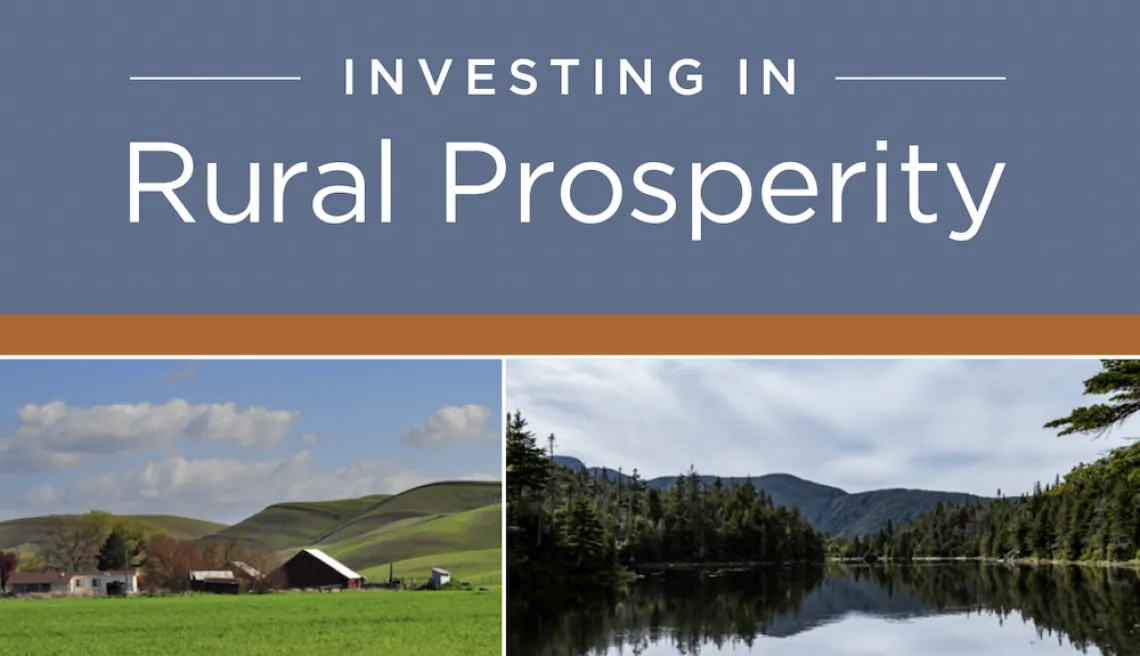Native Nations' Impact on Rural Economies

One surprising outcome of the COVID-19 pandemic is the attention it has focused on rural America. Opportunities for remote work and the increased attractiveness of places with lower population densities, reasonable costs of living, and open spaces increased the flow of residents to rural areas. Supply chain concerns elevated the importance of locally grown foods and of agricultural diversity. At the same time, the pandemic exposed rural communities’ pressing struggles to access and afford necessities such as broadband and healthcare. Put simply, the pandemic highlighted rural America’s possibilities and its problems.
Late 2021 saw the publication of two NNI papers that squarely engage this conversation. In “Native America x Rural America: Tribal Nations as Key Players in Rural Economies,” a chapter in Investing in Rural Prosperity, published by the Federal Reserve Bank of St. Louis and Federal Reserve Board of Governors, NNI Research Director Miriam Jorgensen and NNI Executive Director Joan Timeche (Hopi) emphasize the ways that Native nations have contributed – both historically and today – to flourishing rural economies. (The entire book is available for free download and features several other chapters on Native nations and Native economies.)
In “Native Nation Building: It Helps Rural America Thrive,” written for the Aspen Institute’s Thrive Rural Field Perspectives Series, Jorgensen and her former student Stephanie Gutierrez (Oglala Lakota), provide examples of the ways that tribal innovations in finance, health, and sustainable resource management create healthy Native communities – and often, give rise to healthy rural communities overall. Jorgensen also participated in the Aspen Institute’s Rural Opportunity and Development (ROAD) virtual exchange “This is What Capacity Looks Like,” on November 30, 2021 to discuss the policy brief. The webinar and associated materials are available on the ROADS website.

